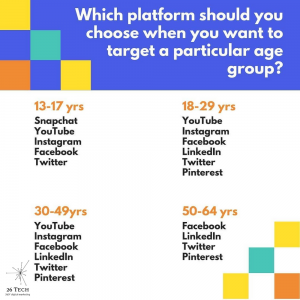— March 6, 2019
Google announced that they’ll eliminate the “average position” metric in the third quarter of this year. New metrics to give advertisers more control over their “race to the top” of the SERP will take its place. In this article, we review what these metrics are, how they work, and how marketers can prepare.
1. What’s Changing?
Google will be sunsetting its “average position” metric in September. Instead, advertisers looking for information about search ad positions now have four “prominence metrics” that were launched in November:
- Impr. (Absolute Top) %: The percent of your ad impressions that are shown as the very first ad above the organic search results.
- Impr. (Top) %: The percent of your ad impressions that are shown anywhere above the organic search results.
- Search (Absolute Top) IS: The impressions you’ve received in the absolute top location (the very first ad above the organic search results) divided by the estimated number of impressions you were eligible to receive in the top location.
- Search (Top) IS: The impressions you’ve received in the top location (anywhere above the organic search results) compared to the estimated number of impressions you were eligible to receive in the top location.
The first two metrics show the percent of your impressions that are above the organic results. The IS metrics show what percentage of the total available metrics your impressions represent.
2. Why Is Google Making This Change?
Average position let advertisers know where their ads stood in ad auctions compared to other ads—not necessarily on the SERP. In this old system, a position of 1 didn’t necessarily mean you were maximizing opportunity. Since this doesn’t really give you the best read on how your ads are truly performing—and, with an increasing share of searches coming from mobile and new ad formats—position isn’t as easy to define as it once was.
The new metrics aim to provide a better measurement of the reach of your ads across eligible impressions, and a more accurate view of your position in the ad auction.
3. What’s Next for Advertisers?
Advertisers will no doubt need to give themselves time to get used to the new metrics. We see it as a natural evolution that’ll give you more control over your true performance on the SERP.
Digital & Social Articles on Business 2 Community
(53)





